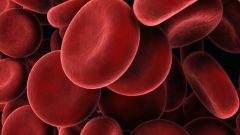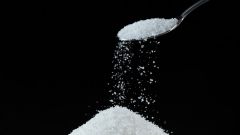You will need
- water;
- - diuretics;
- - tablets with a resin;
- - a solution of calcium, insulin and glucose;
- - dialysis.
Instruction
1
Generally mild hyperkalemia goes unnoticed for a person. It can be detected accidentally during blood donation or passing the electrocardiogram. In some cases, the patient can feel the rhythm of the heartbeat.
2
Hyperkalemia is difficult to earn due to the common fascination with products containing large amounts of potassium (these include honey, millet porridge and bran, Apple cider vinegar). In a healthy person it may occur as a result of taking drugs that block the excretion of potassium from the body. If in your situation this is what happened, stop the medication. Try not to use kalisoderjasimi products and drink plenty of water. The trace will appear in a natural way and its level in the blood quickly return to normal.
3
Excess potassium in the blood may appear in the result of various diseases of kidneys, adrenal glands, as well as the sudden release of large quantities of potassium from the cells, for example, in severe injuries involving crushing of tissue, extensive burns. In such cases, the removal of excess amounts of the trace element should engage a doctor, as this condition is life threatening. In relatively mild cases, patients whose kidneys are functioning normally, prescribe diuretics, which increase the rate of excretion of potassium from the body along with water. Also prescribe products that contain resin, which can absorb potassium and excrete it with the stool, but this itself is not absorbed in the gastrointestinal tract.
4
To remove excess potassium in severe cases, doctors use dialysis. Also the patient may be administered an intravenous solution of glucose, calcium and insulin. Calcium provides heart protection from excess potassium, and insulin with glucose trace element transfer from the blood into the cells of organs and tissues.




